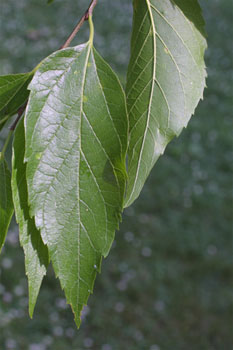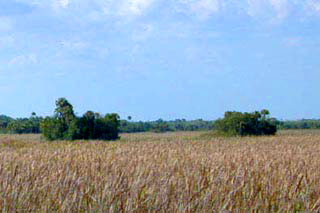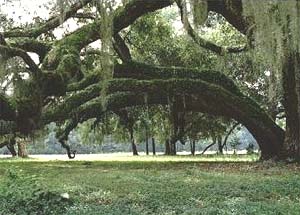Hardwood hammocks are home to many threatened and endangered plant species.

Tropical hardwood hammocks are found along both coasts of south Florida as well as throughout the Everglades and Florida Keys. In the northern portion of the Everglades, hammocks are dominated by trees of temperate origin including the live oak (Quercus virginiana) and the hackberry (Celtis laevigata).

In contrast, throughout the Everglades south of Miami, the flora is dominated by tropical species, originating in the West Indies, with live oaks as the only significant temperate species. Tropical species were transported to the Everglades by migrating birds, winds, and water currents over a long period of time. Today there are more than 120 species of tropical plants, including trees and shrubs, that thrive in the hammocks of south Florida. Out of these 120 species, 36 are listed as endangered or threatened.


Fire Impact
- Hardwood hammocks are fire resistant habitats except during drought conditions
Although hammocks are fire-resistant due to their high humidity and open understory, they are susceptible to fire damage under certain conditions. During drought conditions, hammock habitats can be completely destroyed by fires burning the trees as well as burning the soil which damages the roots. It take decades for a hammock to recover after suffering major fire damage.
Glossary terms on page:
- hammock: area that is often higher than the surrounding land with humus rich soil and hardwood trees including oaks, sweetgums, hickories, and palms.
- temperate: temperate zone lies between 30 and 60 degrees latitude, climate undergoes seasonal changes in temperature and moisture.
- tropical: tropical zone lies between 23.5 degrees north and south of the equator, has small seasonal changes in temperature and large seasonal changes in precipitation.
- endangered species: a species in danger of becoming extinct that is protected by the Endangered Species Act.
- threatened species: plants or animals likely to become endangered in the near future.